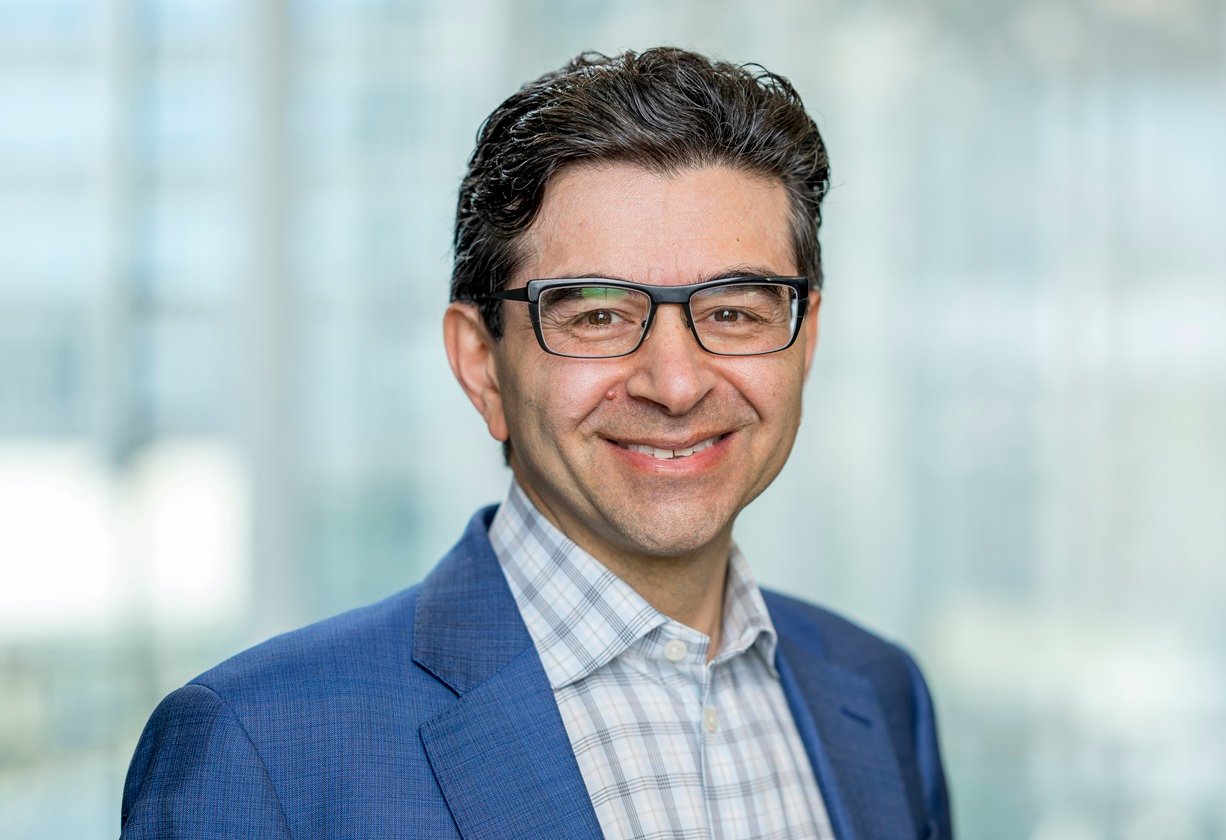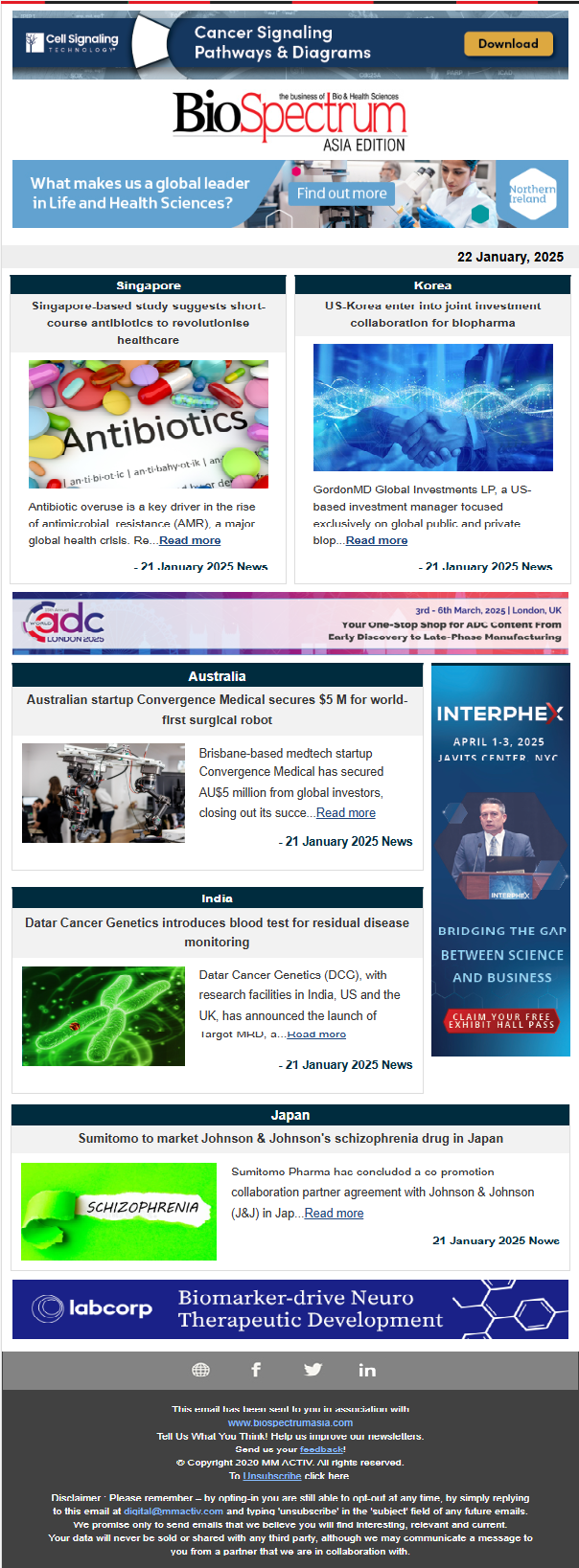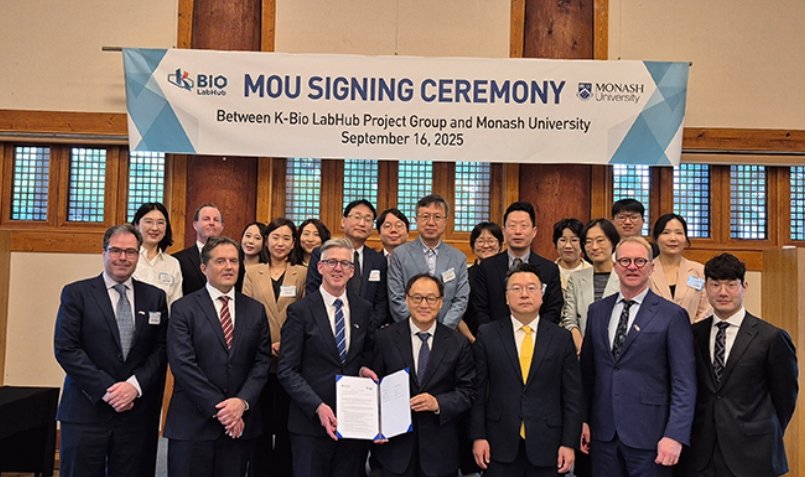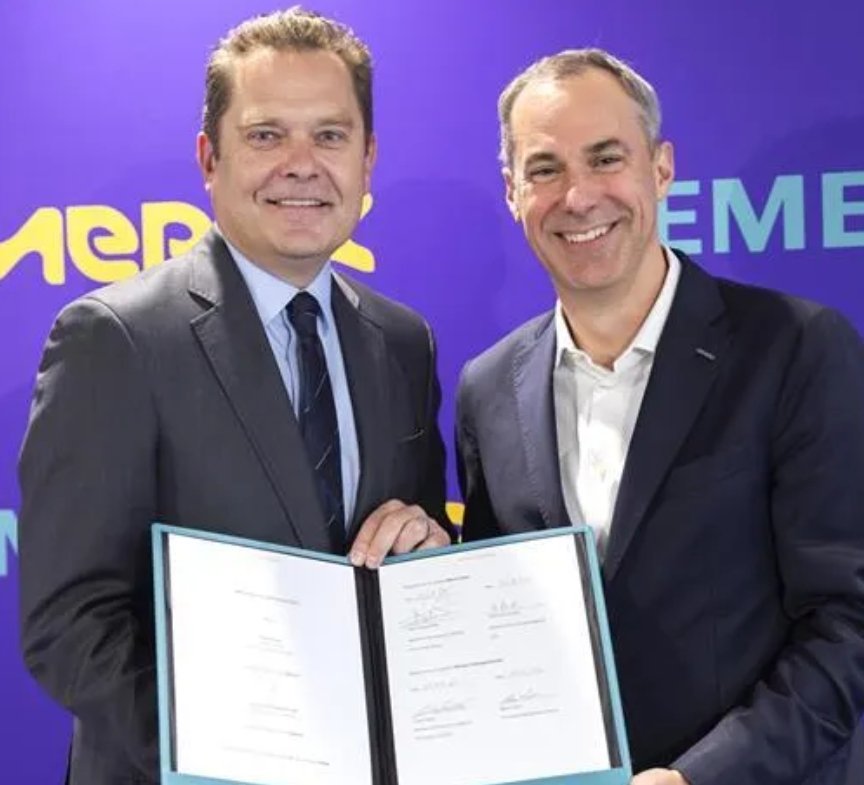
Shez Partovi, Chief Innovation Officer and Chief Business Leader of Healthcare Informatics, Royal Philips
Artificial intelligence (AI) is revolutionizing healthcare, especially in diagnostic imaging, by enabling smarter, faster, and more accessible advanced imaging techniques. As healthcare systems face mounting challenges, including increasing patient volumes, limited resources, and rising operational costs, AI-driven innovations can potentially create a paradigm shift in care delivery models. Empowering healthcare professionals and radiologists will not only enhance diagnostic accuracy, automate routine tasks, but will also improve patient outcomes by enabling earlier and precise diagnoses. As a force multiplier, AI can streamline workflows, reduce errors, and assist in the early detection of critical conditions such as lung cancer and cardiovascular disease. As well, AI-powered imaging solutions are bridging gaps in healthcare delivery by expanding access to quality healthcare in remote regions.
In this rapidly evolving landscape, the integration of generative AI and predictive analytics is paving the way for a more connected, intelligent, and human-centered approach to healthcare. Companies like Philips are leading this transformation, embedding AI into solutions that redefine diagnostic imaging and contribute to a sustainable, accessible future for healthcare.
Philips is active in Singapore's healthcare sector through strategic partnerships with institutions like Singapore General Hospital (SGH) and SingHealth, focusing on AI driven innovation, and advanced imaging. With a strong presence in Asia-Pacific for over 80 years and Singapore as its regional headquarters, the company focuses its efforts on integrating AI with imaging data, enhancing predictive data management, and developing ICU capabilities. Shez Partovi, Chief Innovation Officer and Chief Business Leader of Healthcare Informatics at Royal Philips visited the headquarters recently and shared exclusive insights with Biospectrum Asia.
The World Health Organization projects a global shortage of 6.9 million doctors by 2030, with 40% of the deficit occurring in the Asia-Pacific region. We see that aging populations and clinician shortages are particularly acute in the region,hence the need to bridge the divide with technology.The priority lies in bridging the disparity between technology demand and supply so that more people can benefit from meaningful innovations.
The growing shortage of physicians is driving innovation as well as demand in remote care delivery. Modern physicians are now expected to deliver care in more than one location, not only at their primary hospital but also remotely from other hybrid virtual settings. Under these circumstances, leveraging innovations, such as Artificial Intelligence (AI), will offer immense potential for healthcare organisations moving forward to meet the escalating healthcare demands. At Philips, we believe in the potential of advanced technologies to address critical healthcare challenges and to increase access to innovative technology for remote populations globally.
Radiologists typically use advanced software like Picture Archiving and Communications Systems (PACS) to review radiology (X-Ray/CT/MR) images from various sites, highlighting the need for technology that enables seamless, remote care delivery. This trend consequently underscores the urgency of developing tools which can support physicians in delivering optimal care across geographically dispersed settings. AI can streamline tedious tasks such as analyzing CT scans, highlight areas of concern—identify potential ailments —and present findings to radiologists for confirmation, optimizing workflows and elevating care delivery.
Likewise, precision medicine is undergoing a transformative shift, driven by evolution in diagnostics and treatments. On one hand, leveraging AI, diagnostics are becoming increasingly tailored, precise, and automated to enhance quality and agility. On the other hand, therapeutics are being revolutionized by AI-powered innovations, such as tailored vaccines, gene-specific treatments, and personalized medicines. These advancements are already reshaping the biotech and pharmaceutical industries, as evidenced by the critical role AI played in developing COVID-19 vaccines. The future of medicine is poised to deliver highly precise, individualized care, marking a significant leap forward for healthcare.
Globally, Philips intends to strategically improve the health and well-being of 2.5 billion people annually by 2030, with a special emphasis on the 400 million marginalized subgroups. With a legacy of over 80 years in Singapore and theAsia-Pacific region, we are harnessing AI solutions, bridging the gap between healthcare demand and limited resources.
SingHealth, one of Singapore's leading healthcare providers, collaborated with us on an iECG initiative to better integrate and improve access to patients’ electrocardiogram (ECG) information across a network of institutions. Given SingHealth’s multiple locations, there was a need to develop a shared network that can trace and diagnose heart conditions remotely. The integrated AI model predicts patient outcomes based on data streams, enhancing the workflow for healthcare staff and improving care delivery for patients with cardiac conditions, ensuring timely and accurate cardiac diagnoses for patients, regardless of where they might be.
Likewise, we recently embarked on landmark agreements with the Ministry of Health in Indonesia to transform treatment for Indonesia’s leading causes of death - heart disease, stroke, and cancer - across all 38 provinces. The collaboration focuses on building a nationwide network of advanced image-guided therapy rooms, and expanding access to minimally invasive treatments across hundreds of hospitals. This long term partnership allows us to deploy cutting-edge technologies, services and training to strengthen Indonesia’s health infrastructure.
Implementation of network-based approach and remote care delivery combined with AI are becoming integral components of the advanced health-tech ecosystem. Embedding artificial intelligence enhances diagnostic accuracy in both in-person and remote care delivery.
Philips is committed to delivering comprehensive cardiac care solutions that span the entire patient journey, from diagnosis to treatment and monitoring. In addition to improving patient outcomes, our advanced technologies platforms comprise early detection imaging tools for precise angiography; patient monitoring systems; image-guided therapy for cardiac procedures and stent placement; wearable patches for at-home care, and health informatics software to ensure seamless and effective cardiac management.Using AI algorithms to predict life-threatening arrhythmias, we are at the forefront of cardiac care innovation. This holistic approach emphasizes patient-centered care and pioneering approaches to addressing one of the most prevalent health challenges worldwide.
Furthermore, Philips is addressing critical health challenges in Asia-Pacific by advancing neurological, cardiac, and cancer diagnosis care through the use of next-generation technologies, along with ongoing support for healthcare advancements in countries such as Indonesia, Korea, Singapore, and beyond.
Singapore serves as a key hub for our operations in the Asia-Pacific region. The government’s proactive approach, exemplified by its recent SGD 200 million investment in AI innovation for health and precision medicine, positions Singapore as a frontrunner in this region. As part of our dedication to this market, we have established our headquarters here.
SingHealth will be involved with Phillips in three key projects over the next three years
First, we look at centralizing the architecture for radiology and pathology, which is critical to almost every patient diagnosis. This means using integrated imaging with AI embedded into workflows, so that there is standardized clinical access and enhanced electronic medical records connectivity. Secondly, we explore leveraging AI to support staff with clinical decision making. With predictive enterprise data management models, patient data from devices such as ventilators and monitors can be streamlined and better stored. Thirdly, we plan on advancing patient care with a Smart ICU that optimizes capacity based on patient acuity. The infrastructure will also include an unified monitoring system, that helps to differentiate between real and false alarms, and ensure more accurate and effective care in intensive care units(ICU).
Singapore serves as a hub for forward-thinking innovation, and our headquarters here reflect the deep relationships we’ve built, not only with SingHealth but also with other key partners in the region. We believe that the innovative approaches pioneered in Singapore can inspire and benefit neighboring countries as well.
At Philips, we believe healthcare must be patient-centric, so our work starts from the patient’s bedside, understanding the patient’s needs rather than just deploying technology and innovation.We uncover great insights from our annual Future Health Index (FHI) survey, that identifies challenges and opportunities based on the needs of not only patients but healthcare professionals as well.In our 10th annual FHI survey, 75% of patients in APAC expressed a strong desire for technology to enhance their care, while 50% voiced concerns that AI could reduce the time and connection between patients and physicians. This reinforces that balance we strive to achieve: leveraging AI to support doctors in delivering better care, and not as a barrier between them and their patients. In fact, 86% of patients were curious to discover more about AI applications from their doctors to experience quality healthcare. Our approach ensures that AI serves as a tool for physicians, empowering them to provide effective and personalized care, while enablingadequatescope fordoctors' and patient interactions. It also increases doctors' potential to treat more patients.
With a strong focus on integrating artificial intelligence into our care delivery process, we are actively investing in technology to assist physicians treat more patients.
Investing in AI and remote care technologies is part of our broader commitment to advancing healthcare in the region. Across Philips, we are committed to shaping the future of healthcare by partnering with health organisations to create innovative, patient-centric solutions. We recognize the growing demand for technology that enables physicians to deliver care remotely, especially in the face of physician shortages. One example of our investments in this area is our Health Suite Imaging, a cloud-based radiology workstation, that allows radiologists to access and analyze images from multiple hospitals in real time.
In this region, our partnership with a healthcare entity in Malaysia, has enabled their network of hospitals to use this radiology workstation and deliver care both in-person and remotely. Similarly, we dedicate a lot into embedding AI to support the physicians and augment their ability to deliver better care for more people. For example, AI can analyze CT scans to spotlight suspected abnormalities, allowing radiologists to review and validate these findings quicker than ever, enhancing efficiency and accuracy. Likewise, a fully digital smart medical facility is also being conceptualized with a hospital in South Korea, where we have been working together from the outset. We will continue to collaborate to meet the evolving needs of patients and healthcare professionals.
The world is still in the early stages of AI adoption, where strong guardrails and human supervision are essential. Yet, over the next five years, we anticipate three key trends shaping the future of healthcare technology, which we refer to as the "three A's."
First, automation will address the shortage of physicians and nurses by streamlining administrative tasks,enabling healthcare professionals to focus more on patient care.
Second, augmentation will enhance the capabilities of doctors and nurses through AI tools that provide superpowers—such as identifying cancer or offering real-time insights—empowering them to deliver better care for more patients.
Third, agility will ensure rapid responses to new data, as AI algorithms continuously monitor hospital data streams and proactively alert healthcare providers to critical changes.
Along with these three key objectives, it's essential to ensure the prevention of adverse events. As we navigate the early stages of AI in healthcare, we need to always remember the importance of vigilance to avoid adverse events, ensuring these technologies are both effective and safe.
Therefore, a "three plus one" strategy guides our AI policy—emphasizing automation, augmentation and agility while maintaining human oversight in both development and deployment at all times. Over the next few years, we expect all AI-related advancements to align with these four critical principles.
I firmly believe we are in for an amazing era of healthcare. This is the most exciting time in history where we will witness monumental developments and innovations to better health for more people.




